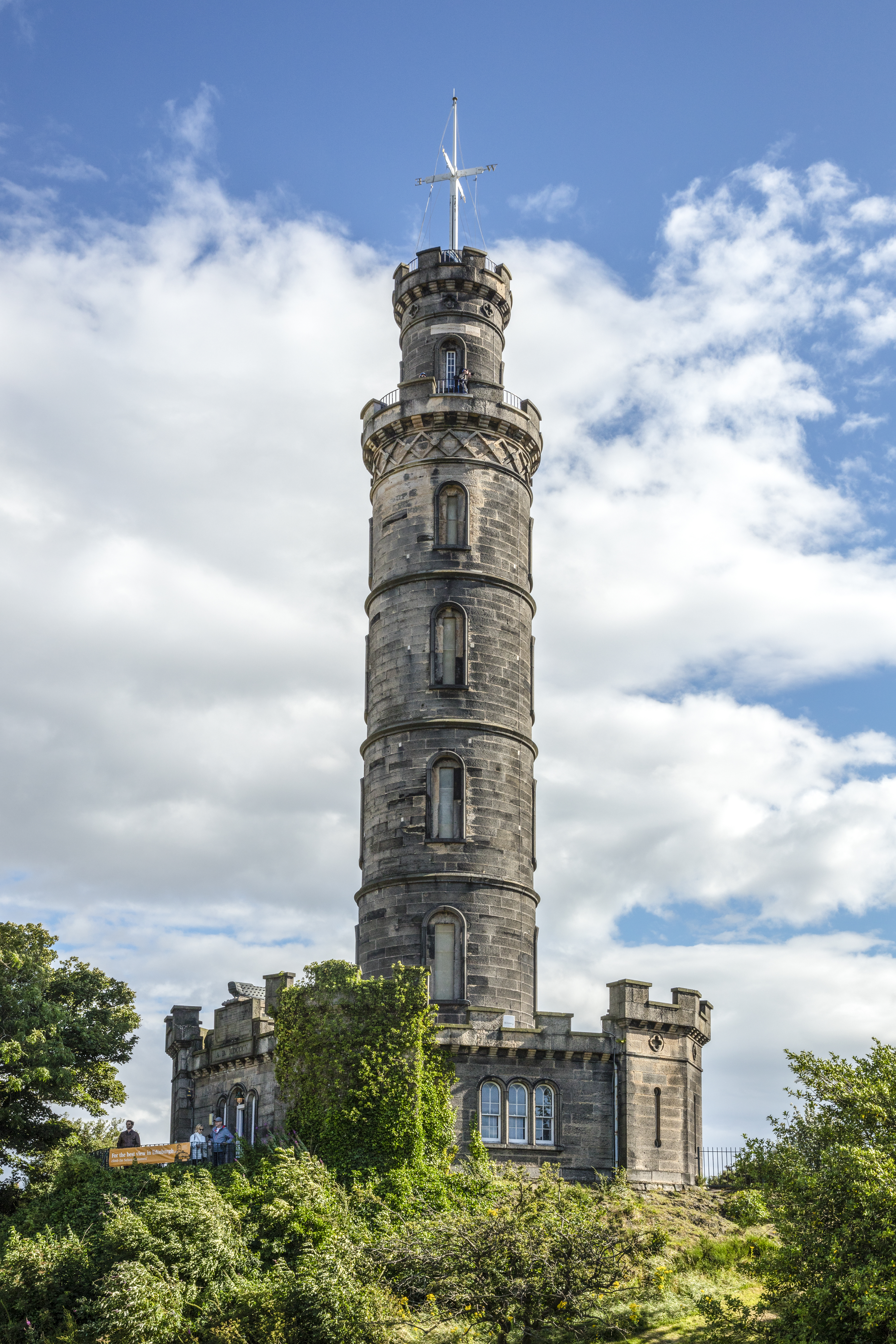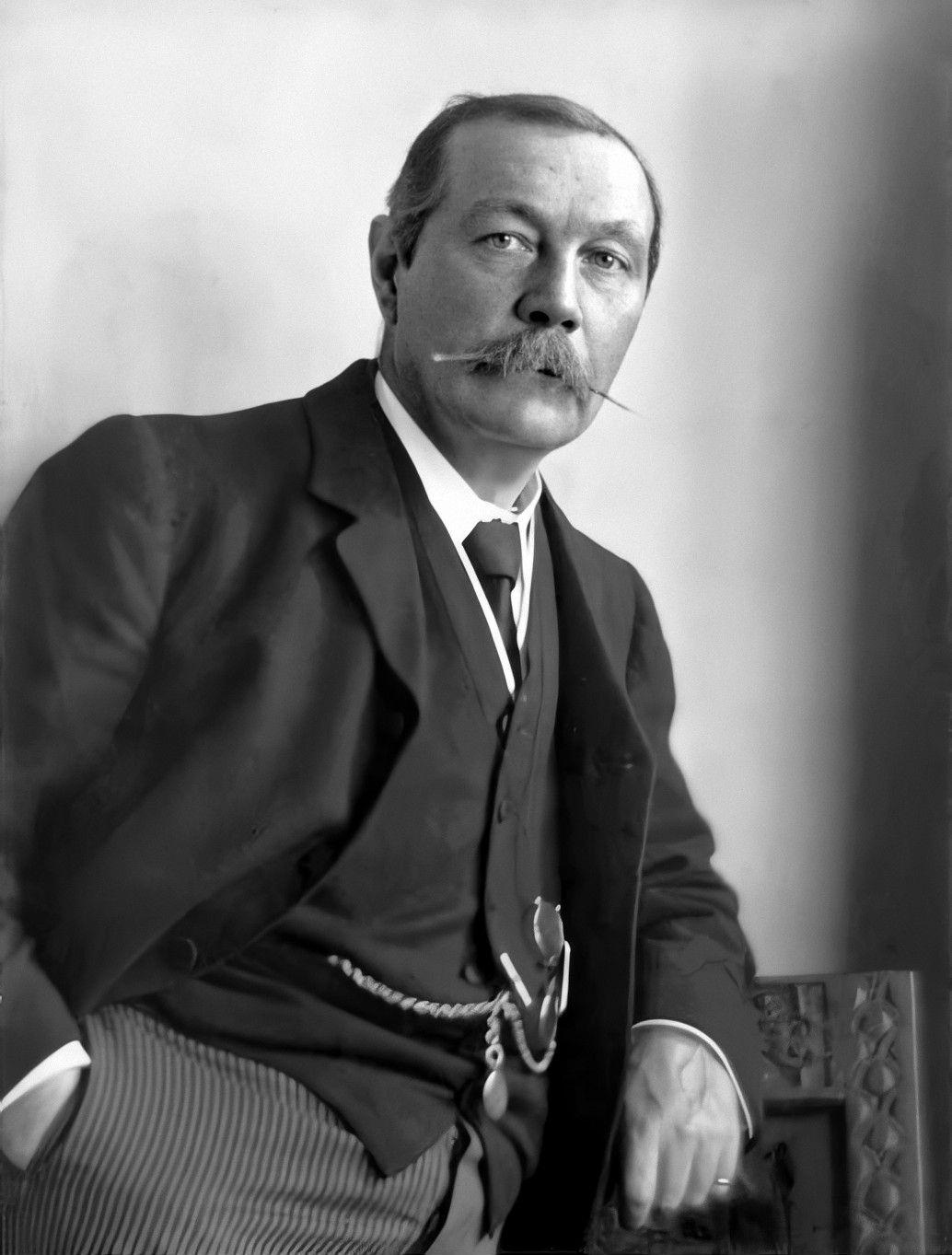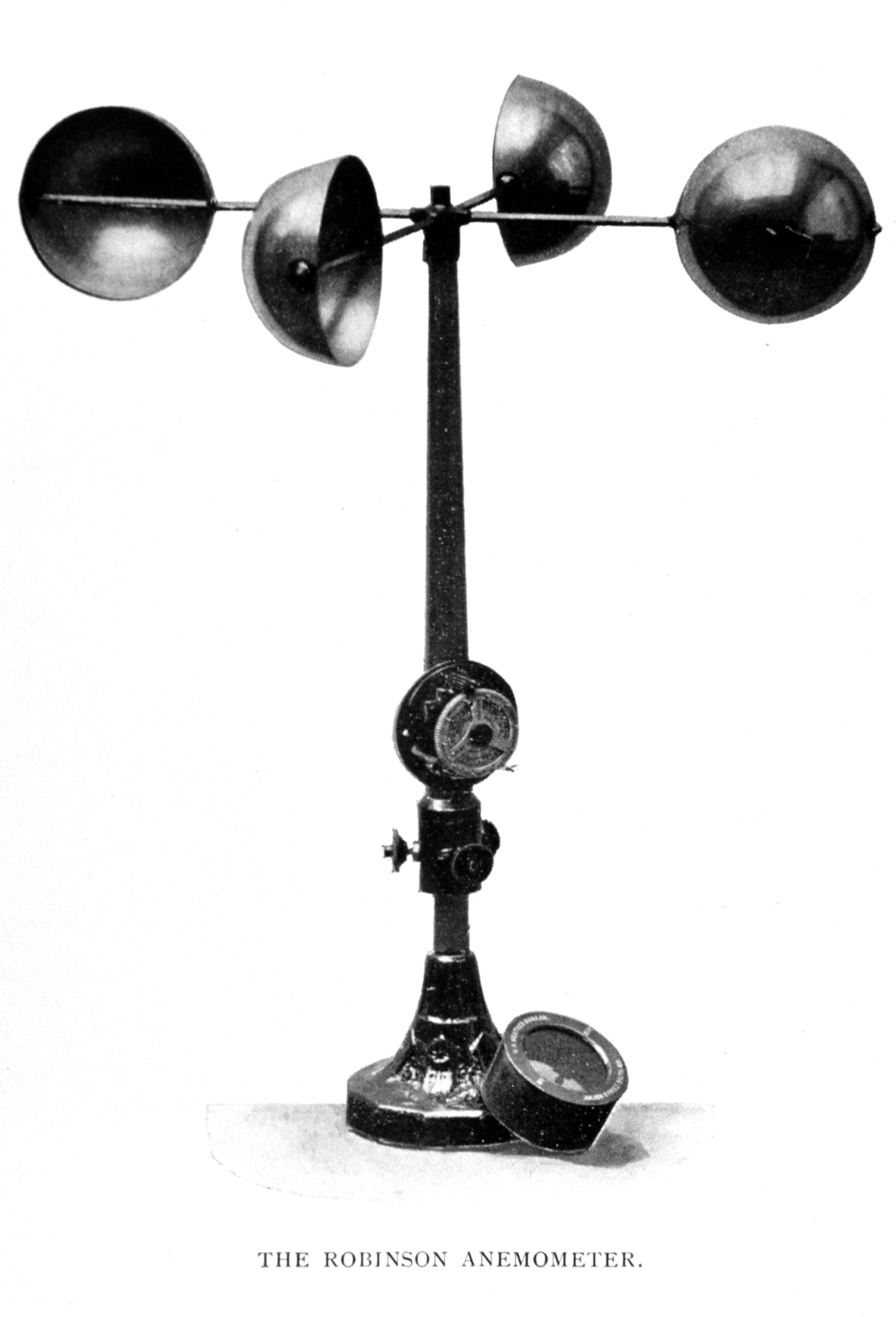|
Greenside, Edinburgh
Greenside is a district and parish in Edinburgh between Calton Hill and the New Town. Background The deep natural hollow west of Calton Hill formed a natural amphitheatre and was historically used for viewing jousting matches and theatre, and is said to be the site of the first Edinburgh showing of the play A Satire of the Three Estates in 1554. The first substantial structure in the area was the Rude Chapel of 1456 which was incorporated into a Carmelite Monastery built in 1526 at the north end of the hollow, roughly where Blenheim Place now stands (the north end of Greenside Row). In October 1589 the burgh council sent their representatives Alexander Oustean and Richard Doby to meet the builders of a new hospital for lepers at the Chapel of the Rude, to design or set out the bounds of the site and building, the hospital was completed in 1591. A water pump survived until the 1950s on the site of the monastery's Rude Well. The area was generally undeveloped until 1800, but was ... [...More Info...] [...Related Items...] OR: [Wikipedia] [Google] [Baidu] |
Calton Hill
Calton Hill () is a hill in central Edinburgh, Scotland, situated beyond the east end of Princes Street and included in the city's UNESCO World Heritage Site. Views of, and from, the hill are often used in photographs and paintings of the city. Calton Hill is the headquarters of the Scottish Government, which is based at St Andrew's House,Youngson, A.J. (2001): "The Companion Guide to Edinburgh and the borders", Chapter 9 (Calton Hill), Polygon Books, Edinburgh, UK, on the steep southern slope of the hill. The Scottish Parliament Building and other prominent buildings such as Holyrood Palace lie near the foot of the hill. Calton Hill is also the location of several monuments and buildings: the National Monument,The Calton Hill |
BBC Scotland
BBC Scotland (Scottish Gaelic: ''BBC Alba'') is a division of the BBC and the main public broadcaster in Scotland. It is one of the four BBC national regions, together with the BBC English Regions, BBC Cymru Wales and BBC Northern Ireland. Its headquarters are in Glasgow, it employs approximately 1,250 staff as of 2017, to produce 15,000 hours of television and radio programming per year. Some £320 million of licence fee revenue is raised in Scotland, with expenditure on purely local content set to stand at £86 million by 2016–17. The remainder of licence fee revenue raised in the country is spent on networked programmes shown throughout the UK. BBC Scotland operates television channels such as the Scottish variant of BBC One, the BBC Scotland channel and the Gaelic-language channel BBC Alba, and radio stations BBC Radio Scotland and Gaelic-language BBC Radio nan Gaidheal. History The first radio service in Scotland was launched by the British Broadcasting ... [...More Info...] [...Related Items...] OR: [Wikipedia] [Google] [Baidu] |
Robert Burn (architect)
Robert Burn (1752–1815) was a Scottish architect. He was father to the architect William Burn. Life He was born in 1752 in Jessfield House between Newhaven and Leith in north Edinburgh the eldest son of Robert Burn and his wife, Mary Patterson. He trained as a monumental stonemason. From 1772 to 1775, he was employed by James Weir of Tollcross to repair and rebuild St Cuthbert's Church, Edinburgh. In 1782, he was made a burgess of the town of Edinburgh and in 1796 entered the Dean of Guild Council. From 1805 to 1815, he ran a drawing academy at Picardy Place in Edinburgh. This became known as the Trustees Academy and relocated to the Royal Institution in 1826. In 1814, he is listed as Robert Burn and Company, Builder and Marble-cutter with yards on Leith Walk. He is then thought to be living with his son Thomas Burn at 24 Greenside Street at the top of Leith Walk. He died on 5 June 1815 and is buried in a Gothic vault in Old Calton Burial Ground in Edinburgh City Ce ... [...More Info...] [...Related Items...] OR: [Wikipedia] [Google] [Baidu] |
York Place, Edinburgh
York Place is a street in central Edinburgh of almost exclusively 18th century buildings, linking Queen Street to Broughton Street and Leith Walk. The street's architecture remains almost completely intact but it is one of the busiest streets in the city centre being part of the main east-west route for traffic together with the Edinburgh Trams line and several bus services. History York Place was developed as a dual sided street on the north-east edge of Edinburgh's First New Town. The land was purchased by the city from James Erskine, Lord Alva in 1793 and it was joined by the Heriot Trust which also owned land here. Work began immediately and was complete by 1804 (other than the church (see below). The street is little altered. The only major change has been the demolition of the east side of Elder Street on the south side including the east corner with York Place, in 1969 (to improve access to the bus station). In 1888 a tram system was introduced. Originally drawn ... [...More Info...] [...Related Items...] OR: [Wikipedia] [Google] [Baidu] |
France
France (), officially the French Republic ( ), is a country primarily located in Western Europe. It also comprises of Overseas France, overseas regions and territories in the Americas and the Atlantic Ocean, Atlantic, Pacific Ocean, Pacific and Indian Oceans. Its Metropolitan France, metropolitan area extends from the Rhine to the Atlantic Ocean and from the Mediterranean Sea to the English Channel and the North Sea; overseas territories include French Guiana in South America, Saint Pierre and Miquelon in the North Atlantic, the French West Indies, and many islands in Oceania and the Indian Ocean. Due to its several coastal territories, France has the largest exclusive economic zone in the world. France borders Belgium, Luxembourg, Germany, Switzerland, Monaco, Italy, Andorra, and Spain in continental Europe, as well as the Kingdom of the Netherlands, Netherlands, Suriname, and Brazil in the Americas via its overseas territories in French Guiana and Saint Martin (island), ... [...More Info...] [...Related Items...] OR: [Wikipedia] [Google] [Baidu] |
Picardy
Picardy (; Picard and french: Picardie, , ) is a historical territory and a former administrative region of France. Since 1 January 2016, it has been part of the new region of Hauts-de-France. It is located in the northern part of France. History The historical province of Picardy stretched from north of Noyon to Calais via the whole of the Somme department and the north of the Aisne department. The province of Artois ( Arras area) separated Picardy from French Flanders. Middle Ages From the 5th century, the area formed part of the Frankish Empire and, in the feudal period, it encompassed the six countships of Boulogne, Montreuil, Ponthieu, Amiénois, Vermandois and Laonnois.Dunbabin.France in the Making. Ch.4. The Principalities 888–987 In accordance with the provisions of the 843 Treaty of Verdun, the region became part of West Francia, the later Kingdom of France. The name "Picardy" derives from the Old French ''pic,'' meaning "pike", the characteristic weapon u ... [...More Info...] [...Related Items...] OR: [Wikipedia] [Google] [Baidu] |
Tom Farmer
Sir Thomas Farmer, (born 10 July 1940) is a Scottish entrepreneur. Early life One of seven siblings in a devoutly Catholic family, in 1964 Farmer founded his own tyre retailing business which he sold in 1969 for £450,000. Farmer retired to the United States, but became bored and decided to find a new challenge. Business career Farmer returned to Edinburgh to found the Kwik Fit chain of garages in 1971. The firm grew quickly, mainly through acquisition, including opening in the Netherlands in 1975. Farmer was named Scottish Businessman of the Year in 1989. After building the chain to become the world's largest independent tyre and automotive repair specialists with over 2,000 centres operating in 18 different countries, Farmer sold the firm to Ford in 1999 for more than £1 billion. He is the first Scot to be awarded the prestigious Andrew Carnegie Medal for philanthropy. Farmer owned 90% of Hibernian, a professional football club based in Edinburgh in 2003. He invested nea ... [...More Info...] [...Related Items...] OR: [Wikipedia] [Google] [Baidu] |
Eduardo Paolozzi
Sir Eduardo Luigi Paolozzi (, ; 7 March 1924 – 22 April 2005) was a Scottish artist, known for his sculpture and graphic works. He is widely considered to be one of the pioneers of pop art. Early years Eduardo Paolozzi was born on 7 March 1924, in Leith in north Edinburgh, Scotland, and was the eldest son of Italian immigrants. His family was from Viticuso, in the Lazio region. Paolozzi’s parents, Rodolfo and Carmela, ran an ice cream shop. Paolozzi used to spend all his summers at his grandparents place in Monte Cassino and grew up bilingual. In June 1940, when Italy declared war on the United Kingdom, Paolozzi was interned (along with most other Italian men in Britain). During his three-month internment at Saughton prison his father, grandfather and uncle, who had also been detained, were among the 446 Italians who drowned when the ship carrying them to Canada, the ''Arandora Star'', was sunk by a German U-boat. Paolozzi studied at the Edinburgh College of Art in 1943, b ... [...More Info...] [...Related Items...] OR: [Wikipedia] [Google] [Baidu] |
Sherlock Holmes
Sherlock Holmes () is a fictional detective created by British author Arthur Conan Doyle. Referring to himself as a " consulting detective" in the stories, Holmes is known for his proficiency with observation, deduction, forensic science and logical reasoning that borders on the fantastic, which he employs when investigating cases for a wide variety of clients, including Scotland Yard. First appearing in print in 1887's ''A Study in Scarlet'', the character's popularity became widespread with the first series of short stories in ''The Strand Magazine'', beginning with " A Scandal in Bohemia" in 1891; additional tales appeared from then until 1927, eventually totalling four novels and 56 short stories. All but one are set in the Victorian or Edwardian eras, between about 1880 and 1914. Most are narrated by the character of Holmes's friend and biographer Dr. John H. Watson, who usually accompanies Holmes during his investigations and often shares quarters with him at the ad ... [...More Info...] [...Related Items...] OR: [Wikipedia] [Google] [Baidu] |
Anenometer
In meteorology, an anemometer () is a device that measures wind speed and direction. It is a common instrument used in weather stations. The earliest known description of an anemometer was by Italian architect and author Leon Battista Alberti (1404–1472) in 1450. History The anemometer has changed little since its development in the 15th century. Alberti is said to have invented it around 1450. In the ensuing centuries numerous others, including Robert Hooke (1635–1703), developed their own versions, with some mistakenly credited as its inventor. In 1846, John Thomas Romney Robinson (1792–1882) improved the design by using four hemispherical cups and mechanical wheels. In 1926, Canadian meteorologist John Patterson (1872–1956) developed a three-cup anemometer, which was improved by Brevoort and Joiner in 1935. In 1991, Derek Weston added the ability to measure wind direction. In 1994, Andreas Pflitsch developed the sonic anemometer. Velocity anemometers Cup anemomet ... [...More Info...] [...Related Items...] OR: [Wikipedia] [Google] [Baidu] |
Kinetic Energy
In physics, the kinetic energy of an object is the energy that it possesses due to its motion. It is defined as the work needed to accelerate a body of a given mass from rest to its stated velocity. Having gained this energy during its acceleration, the body maintains this kinetic energy unless its speed changes. The same amount of work is done by the body when decelerating from its current speed to a state of rest. Formally, a kinetic energy is any term in a system's Lagrangian which includes a derivative with respect to time. In classical mechanics, the kinetic energy of a non-rotating object of mass ''m'' traveling at a speed ''v'' is \fracmv^2. In relativistic mechanics, this is a good approximation only when ''v'' is much less than the speed of light. The standard unit of kinetic energy is the joule, while the English unit of kinetic energy is the foot-pound. History and etymology The adjective ''kinetic'' has its roots in the Greek word κίνησις ''kinesis'', m ... [...More Info...] [...Related Items...] OR: [Wikipedia] [Google] [Baidu] |
Sherlock Holmes Statue, Edinburgh
Sherlock may refer to: Arts and entertainment * Sherlock Holmes, a fictional detective created by Arthur Conan Doyle ** ''Sherlock'' (TV series), a BBC TV series that started in 2010 ** Sherlock Hemlock, a Muppet from the TV show ''Sesame Street'' ** ''Sherlock'' (video game), a 1984 text adventure by Melbourne House **'' Sherlock: Untold Stories'', a Japanese TV series aired in 2019 * ''Sherlock'' (EP), by Shinee People * Allie Sherlock (born 2005), Irish singer * Cornelius Sherlock (d.1888), English architect * Frank Sherlock (born 1969), poet * Glenn Sherlock (born 1960), American baseball player and coach * Jack Sherlock (1908–1958), English footballer * John Michael Sherlock (1926-2019), Canadian Roman Catholic bishop * James Sherlock (born 1983), pianist * John Sherlock (c. 1705–1794), Irish-born general in Spain * Kurt Sherlock (born 1963), rugby player * Paul Sherlock (born 1973), English footballer * Richard Sherlock (born 1983), cricketer * Thomas Sherlock (16 ... [...More Info...] [...Related Items...] OR: [Wikipedia] [Google] [Baidu] |

.jpg)

_(14281344743)_(2).jpg)



